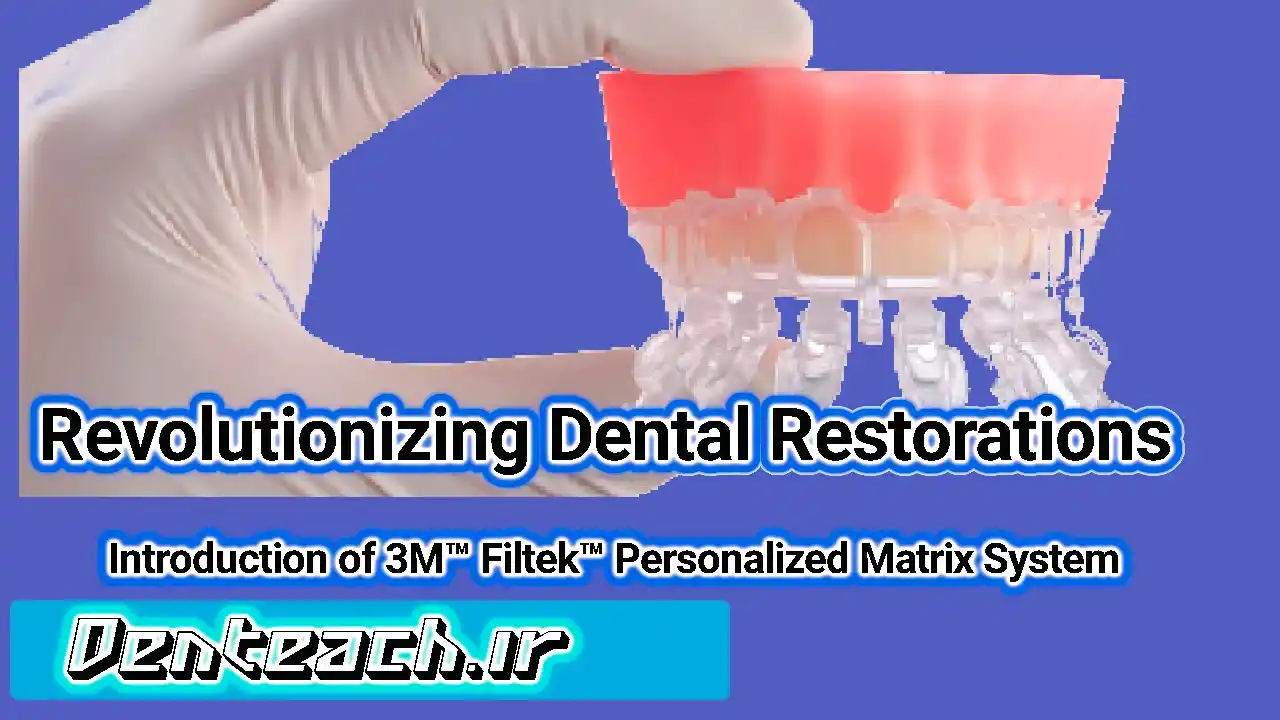In this fifth part of the series, which explains the basic principles of root canal treatment for a single-rooted tooth with simple root morphology, the focus is on the steps involved in the placement and removal of intra-appointment medicament. The following steps are outlined:
- Materials Needed:
- Endodontic kit
- Sterile paper points (size corresponding to the finishing file)
- Non-setting calcium hydroxide paste and a delivery system (e.g., syringe)
- Sterile cotton wool pledges
- Cortisol (temporary restorative material)
- Glass ionomer (for temporary restoration)
- Local anesthetic
- Rubber dam
- High-speed fissure bur
- Citric acid
- Sodium hypochlorite
- Placement of Intra-Appointment Medicament:
- Following the final irrigation, use paper points equivalent to the finishing file size to dry the canal. Ensure sterility when opening the packet.
- Measure the paper points to the working length of the canal and insert them fully to this length to dry the canal.
- Repeat until the paper points come out dry, indicating that the canal is dried.
- Fill the root canal with non-setting calcium hydroxide paste.
- Place a sterile cotton wool pledget in the canal orifice and gently pack it in using a DG16 probe.
- Insert a ball of zinc oxide eugenol cement into the access cavity and pack it.
- Seal the cavity with a Fuji BG restoration to aid identification.
- Post-Placement Steps:
- At the next appointment, ensure well-adapted margins of the glass ionomer restoration to prevent coronal leakage.
- Cover the glass ionomer with vaseline for moisture control while the restoration sets.
- Once the temporary restoration is in place, remove the rubber dam, check occlusion, and provide post-operative instructions to the patient.
- Leave the intra-appointment medicament in place for a minimum of seven days to allow its antimicrobial properties to take effect.
- Removal of Intra-Appointment Medicament:
- At the obturation appointment, check the integrity of the medicament and ensure no presenting symptoms of pulpal or periapical disease.
- Administer local anesthesia to address residual inflammation.
- Place a fresh rubber dam and begin removing the dressing.
- To remove the temporary restoration, drill into it using a high-speed diamond fissure bur until the cortisol lining is visible.
- Remove the entire temporary restoration and the lining, and take out the cotton wool pledget covering the canal orifice.
- To remove the calcium hydroxide paste, irrigate with 3 milliliters of citric acid followed by 3 milliliters of sodium hypochlorite. Do not dry the canal for the master cone fit.
This concludes part 5. In the next video, the steps of root canal obturation will be covered.


